

Discover more from Weapons and Strategy
Why is NATO Expanding its Nuclear Force?
Is Washington Extending the Nuclear Umbrella to Ukraine?
Jens Stoltenberg, the 13th secretary general of Nato, says that NATO is in talks to deploy more nuclear weapons and modernize their delivery systems. Stoltenberg told the Telegraph in the UK: "I won't go into operational details about how many nuclear warheads should be operational and which should be stored, but we need to consult on these issues. That's exactly what we're doing." Stoltenberg emphasized that NATO is a "nuclear alliance." He explained: "NATO's aim is, of course, a world without nuclear weapons, but as long as nuclear weapons exist, we will remain a nuclear alliance, because a world where Russia, China and North Korea have nuclear weapons, and NATO does not, is a more dangerous world," he said.
The Russians say that Stoltenberg's nuclear weapons declaration was "bully tactics."
Stoltenberg could not act on NATO's nuclear deterrent unless deeply coordinated with the United States. Thus the NATO expansion of nuclear weapons is a Biden administration policy and program.
Nuclear Sharing in NATO
NATO's nuclear deterrence is based on nuclear sharing arrangements. As described officially: "NATO’s nuclear deterrence posture also relies on the United States’ nuclear weapons forward-deployed in Europe, as well as on the capabilities and infrastructure provided by Allies concerned. A number of NATO countries contribute a dual-capable aircraft (DCA) capability to the Alliance. These aircraft are central to NATO’s nuclear deterrence mission and are available for nuclear roles at various levels of readiness. In their nuclear role, the aircraft are equipped to carry nuclear weapons in a conflict, and personnel are trained accordingly.
"The United States maintains absolute control and custody of their nuclear weapons forward-deployed in Europe, while Allies provide military support for the DCA mission with conventional forces and capabilities."
While NATO's nuclear weapons are American, the UK and France have nuclear weapons too.
US nuclear weapons stored in Europe are nuclear gravity bombs that can be launched by NATO aircraft or by the US operating independently of NATO.
Technically nuclear gravity bombs fall into the category of tactical nuclear weapons. The US, UK and France also deploy strategic nuclear weapons in and around Europe. The UK has around 225 nuclear warheads (more than half in storage) for its Trident nuclear submarine program. The British nuclear capability requires US coordination.
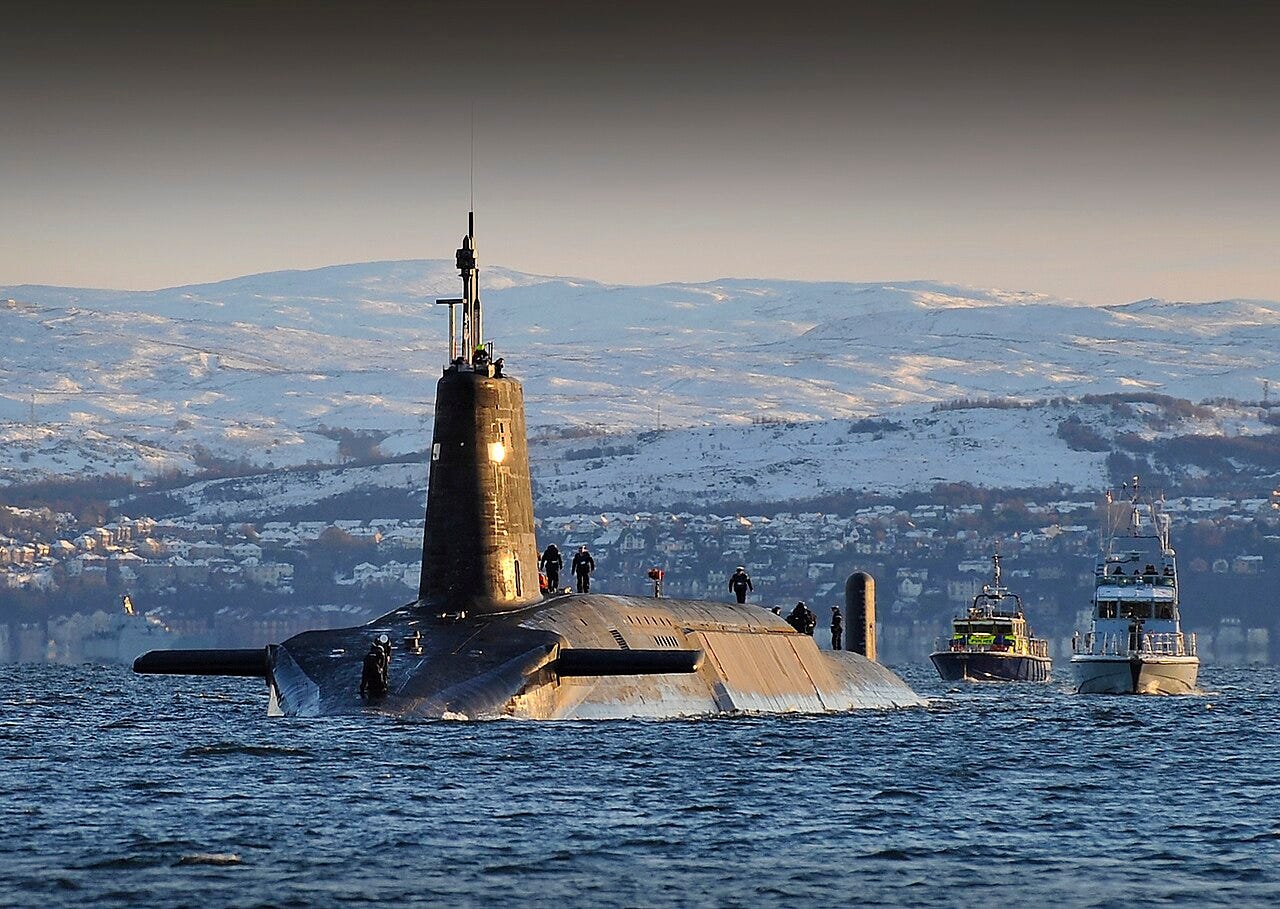
France is the only NATO country with a fully independent nuclear arsenal that consists of ballistic missile submarines and a small number of cruise missiles with nuclear warheads. The French have floated the idea of replacing the US nuclear deterrent with a French one and there have been discussions with Germany about the idea. To some degree, Stoltenberg's announcement on upgrading NATO's nuclear alliance could be interpreted as offsetting French pressure to diverge from the US-led deterrent in Europe.
There has long been suspicion in Europe that the US would not launch nuclear weapons to defend European territory because of the risk of a nuclear exchange between Russia and the United States. To an unknown extent, the presence of tactical nuclear weapons (under US control) is intended to enable the US to use the tactical part of its nuclear arsenal reducing the risk of a strategic nuclear exchange with Russia.
Yet it is certainly the case that Stoltenberg's emphasis on NATO as a nuclear alliance was primarily intended to offset fears that Russia could turn to nuclear weapons to settle the Ukraine conflict. Compared to the US, Russia has a vast arsenal of tactical nuclear weapons and many of its tactical missiles can be equipped with nuclear warheads. In fact, the Ukrainians have been warning Europe this is exactly what Russia could do.
The Russians have been conducting nuclear exercises and claim to have put nuclear weapons in Belarus, although none have been spotted there as of now. Likewise the US has been flying its strategic bombers close to Russia's borders as a US warning.
Ukraine has also attacked two sensitive radar sites that are important parts of Russia's early warning system. It is not clear why these targets were selected either by Ukraine or by NATO which supplies the weapons and intelligence for these attacks.
NATO relies on nuclear gravity bombs for deterrence. These weapons would be delivered against Russian targets by NATO aircraft. About 150 bombs are stored at six bases: Kleine Brogel in Belgium, Büchel Air Base in Germany, Aviano and Ghedi Air Base in Italy, Volkel Air Base in the Netherlands and Incirlik in Turkey. These are part of NATO's nuclear sharing agreement.
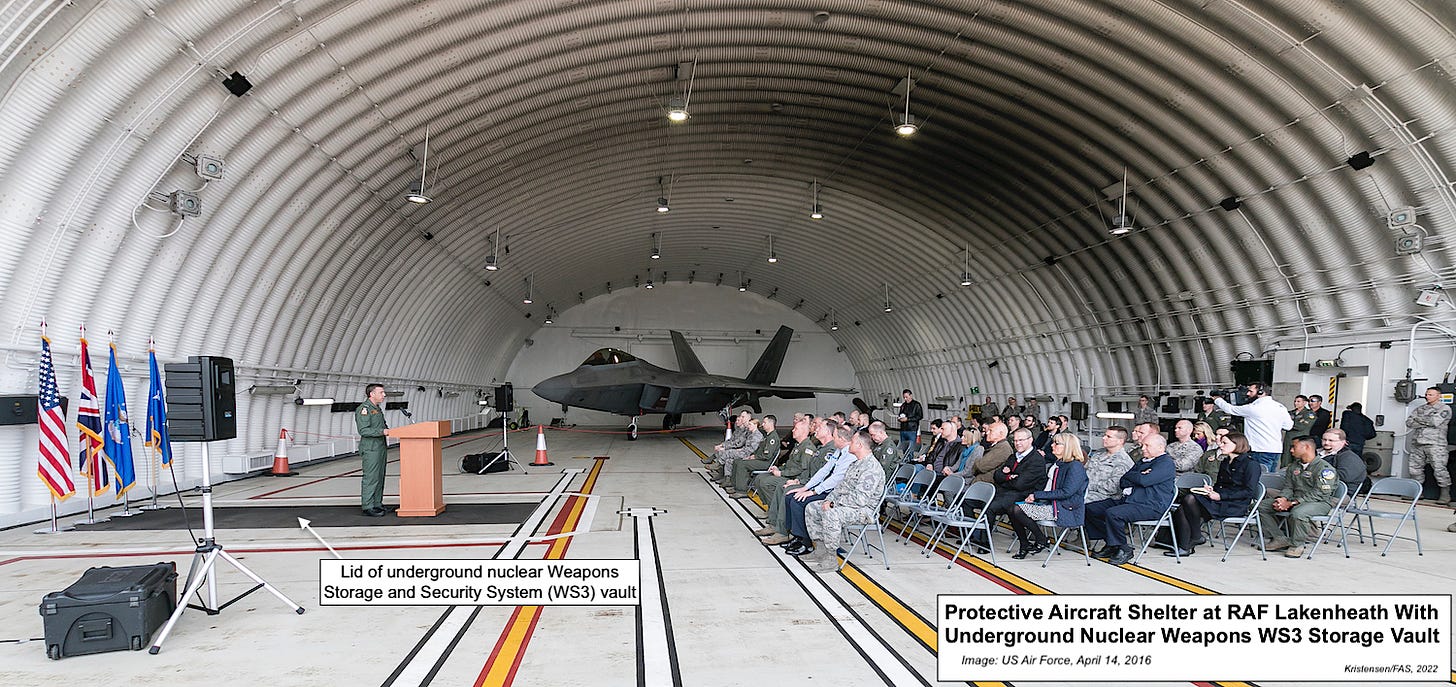
In addition, the US announced in January that it was upgrading parts of the RAF Airbase at Lakenheath, Surrey, in the UK, where a special squadron, the 48th Security Force, of F-35s will be capable of carrying B-61 gravity bombs. The US is building special hydraulic loading ramps, upgrading storage facilities and installing a nuclear "shield" to protect personnel at the base. These F-35s will be operated solely by US pilots and are outside of NATO's nuclear sharing arrangement, meaning that their mission could be linked to NATO's security and deterrence, but could be used outside of any general NATO agreement.
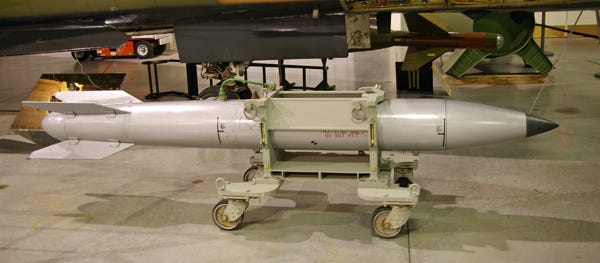
US B-61 gravity bombs are close to completing a modernization program (Mod 12). The B-61 is a "dial a yield" weapon, meaning that the bomb yield can be adjusted to fit specific targets. The US also will retain some Mod 11 B-61 bombs.
The Mod 11 B-61 is regarded as a bunker buster bomb and is not "dial a yield." It has a special 400 kt warhead. About 30 of these bombs were manufactured. It is not clear if they are deployed in Europe.
The Mod 12 B-61 can select yields (in kilotons) from .3, 1.5, 10 or 50 kt. For comparison purposes, the Hiroshima bomb was between 11 and 16 kt.
The modernization of the B-61 requires the modernization of the delivery systems, including changes in the aircraft's electronics. There is very little information on how quickly the upgrades and changes can be made. New F-35s can carry B-61 bombs if they are equipped to do so. It isn't known how many of the F-35's delivered to Europe are nuclear capable.
Many Unanswered Questions
It is important to point out that neither the US nor NATO has any treaty obligation, or any other responsibility, to protect Ukraine from a nuclear attack. Therefore, NATO deterrence, at least insofar as it is understood, does not apply to Ukraine in any formal manner. But that does not mean that Stoltenberg, and by proxy the United States, is not shifting the alliance to extending a nuclear umbrella over Ukraine.
One reason to assess this may be the change in strategy underway is the NATO-US decision to unleash long range weapons in Ukraine on Russian territory. In the proxy wars prior to Ukraine, the US and Russia have been careful to avoid directly attacking each other. That is why Truman was against US forces crossing the Yalu River in Korea; why neither China nor Russia was attacked in the Vietnam war; why in the Cuban missile crisis President John F. Kennedy refused any nuclear attack on Cuba and the Soviet Union. But there were moments when tensions grew to approach the nuclear threshold. That was especially the case in 1973 when Russia began threatening intervention with nuclear weapons in the Yom Kippur war, and when the US declared a DEFCON-3 alert. In the context of superpower rivalries and proxy and other conflicts (the Cuban Missile Crisis was not a proxy conflict but a direct confrontation between the US and USSR) NATO-approved attacks on Russian territory appear to cross a dangerous red line. When combined with the no negotiations and no talks, no peace posture of the US and most of Europe on Ukraine, the danger of an expanding conflict, or even one involving nuclear weapons, is increasing. Upgrading nuclear arsenals in that context adds fuel to the fire.




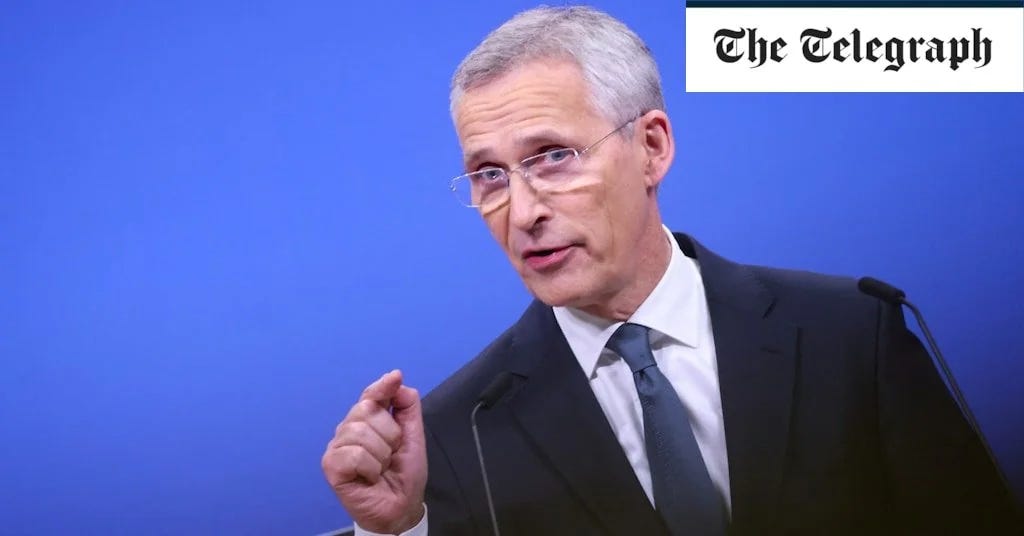





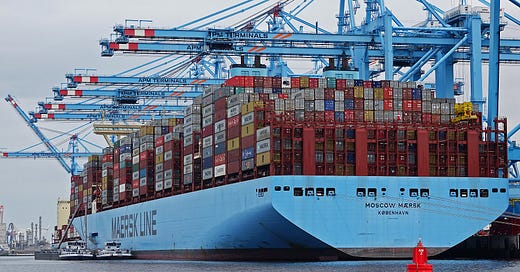

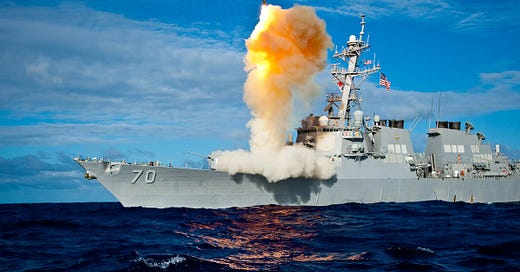



A couple of years after the end of the Korean War, Syngman Rhee, the leader of South Korea, traveled to Washington to visit Dwight Eisenhower. Rhee wanted to make a pitch to Ike to "reunify" his country, even if this ended up reigniting the Korean War. He apparently tried to humiliate Ike by making the case that the Communists were 'on a roll' and that the West shouldn't be afraid to engage them militarily in the cause of 'democracy.'
Apparently Ike blew his stack and responded to Rhee as follows:
"....when you say that we should deliberately plunge into war, let me tell you that if war comes, it will be horrible. Atomic war will destroy civilization. It will destroy our cities. There will be millions of people dead. War today is unthinkable with the weapons which we have at our command. If the Kremlin and Washington ever lock up in a war, the results are too horrible to contemplate. I can't even imagine them. But we must keep strong.... I assure you that we think about these things continuously and as seriously as you do. The kind of war that I am talking about, if carried out, would not save democracy. Civilization would be ruined, and those nations and persons that survived would have to have strong dictators over them just to feed the people who were left. That is why we are opposed to war."
Unfortunately, Ike is dead and Biden is alive.
Insofar as the nuclear war issue is concerned, there is precious little serious thought taking place within the Biden national security team. Rational people wouldn't even be going down this road. The problem is that so much associated with this proxy war has crossed the threshold into the realm of the irrational.
Source for Eisenhower quote: Richard Rhodes, 1995, Dark Sun: The Making of the Hydrogen Bomb, Simon & Schuster, page 584
The war in Ukraine has knocked down the myth of the world's most powerful military. We no longer have the industrial capacity to reproduce weapons fast enough in a regional war. Russia is adept at jamming our drones and missiles. The vaunted Abrams tank is not very good and a mechanical nightmare. At anyone time only 25% of our F-35's are available for combat because it too requires constant mechanical attention. All we have left to defeat a comparable enemy is nuclear weapons and the U.S. would not hesitate for a moment to launch if need be.